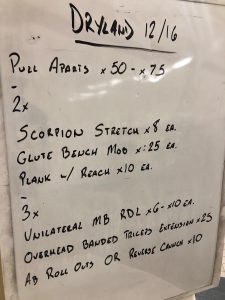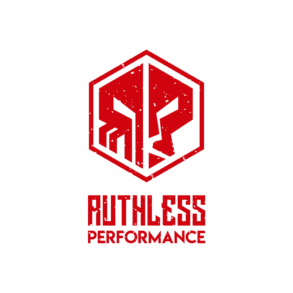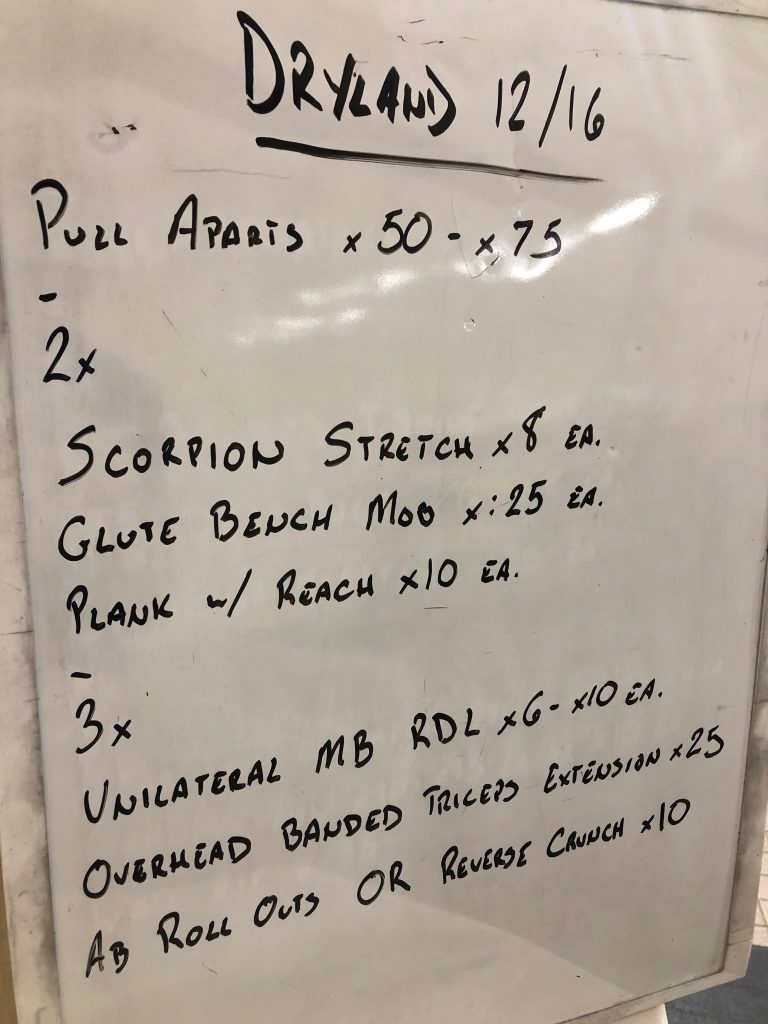Tip #3 – Use Unilateral Exercises to Develop the Lower Extremities
If you are limited by access to equipment or adequate time to develop athlete proficiency at the primary barbell lifts, unilateral exercises are a very strategic selection. While bilateral exercises such as the traditional barbell back squat or deadlift may be rate-limited in their progression by the strength of the lower back, unilateral exercises continue to focus more on the targeted limb.

The most common unilateral exercise variation we use are contralateral sets. This means that we place load on the opposite side of the targeted extremity. This means that we may do a suitcase or waiter’s hold with the right hand, while the left leg supports the majority of the weight on something like a Rear-Foot Elevated Split Squat (RFESS). We also regularly use contralateral loading with rowing exercises like a Low-Cable Row. In both of these cases the the contralateral loading allows for a greater degree of trunk activation. Even though this may seem like it negates the aforementioned point of unilateral loading, greater trunk activation can inhibit low-back strain, which is the true focal point of our aversion to bi-lateral loading with some athletes.
In many cases unilateral support can also facilitate better Gluteal activation. Since one of the functions of the Glutes is external femoral rotation, unilateral loading with a closed-kinetic chain exercise has a direct route to greater hip input, again alleviating some tension at the low back.
The low back has a relatively low density of capillaries, causing an extended time for repair and recovery, when compared to nearby tissue sites. Given this fact–along with the high frequency of low back use–we have to closely monitor how and when we purposely stimulate the low back.

